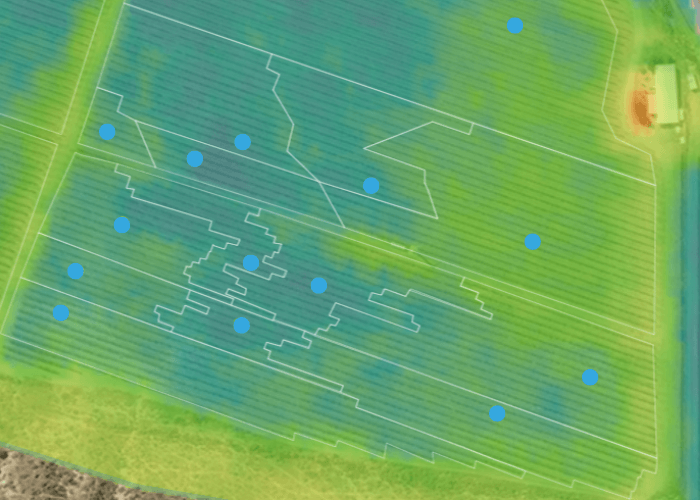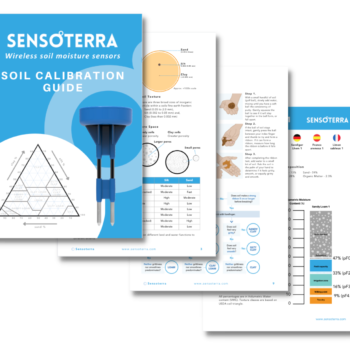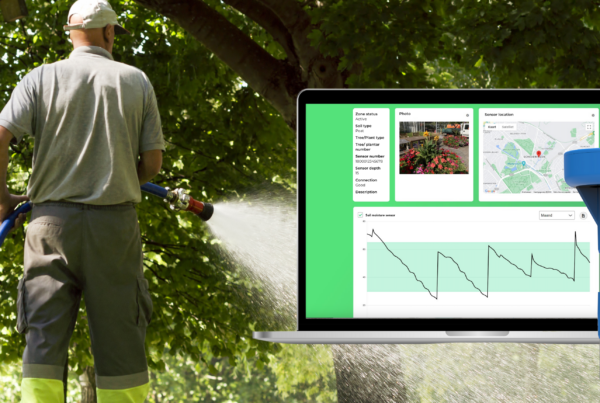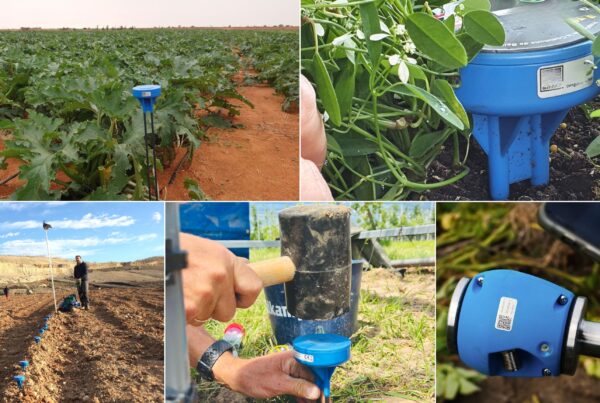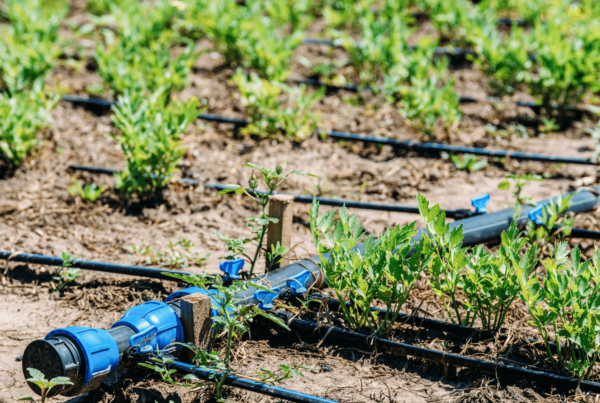How Many Do You Really Need?
In the realm of soil moisture management, determining the optimal number of sensors can be a perplexing question. While it may not have a one-size-fits-all answer, our mission in this blog is to unravel the complexity surrounding the selection of the right number of sensors for your specific application.
Soil moisture, a critical parameter in agriculture and landscaping, exhibits significant variations over short distances. Hydrologists unanimously assert that soil moisture values are anything but uniform across fields and landscaping projects. A multitude of factors influence these hyperlocal soil moisture levels. This is precisely why our sensors shine in terms of Total Cost of Ownership (TCO). Our philosophy hinges on the precise measurement of soil moisture, more so than even soil temperature.
So, what’s our approach? Instead of deploying a single expensive sensor at a central location, we recommend the installation of multiple low-cost soil moisture sensors throughout the field or project area. By averaging the readings from these strategically placed sensors, you gain a more comprehensive understanding of soil moisture dynamics.
The million-dollar question remains: how many sensors should cover your farm or project? While there’s no one-size-fits-all answer, we’ve harnessed our extensive practical experience to offer guidance.
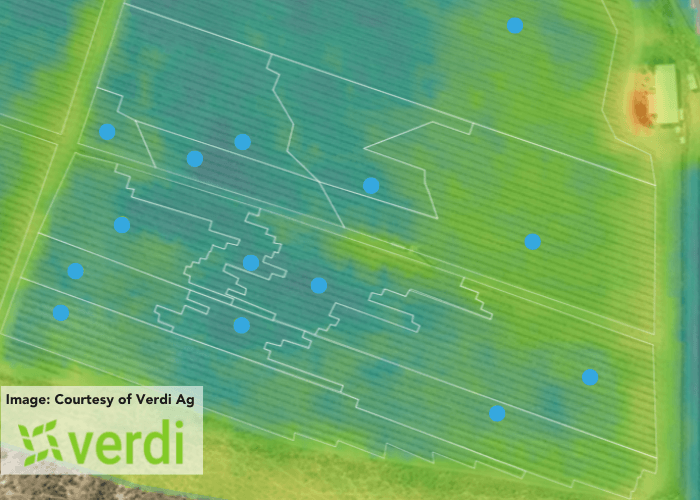
Factors Influencing Soil Moisture Levels
Numerous factors come into play when considering the optimal number of soil moisture sensors. Some of the key influencers are:
- Terrain Accents: Altitude variations within a field or landscaping project significantly affect moisture levels. Higher areas tend to be drier, while lower regions are usually wetter due to simple gravity. Additionally, higher areas may face increased exposure to wind and solar radiation. Our recommendation: at least two sensors, covering high and low scenarios, with room for additional insight via sensors in intermediary positions.
- Crop Type: Different crops exhibit varying characteristics such as root depth, leaf structure, canopy density, and moisture preferences. We advise at least one sensor per crop type to capture these variations.
- Soil Type: Distinct soil types manifest different moisture behaviors. Sandy soils behave differently from clay soils. In cases where both soil types coexist within a field or project, both should be monitored.
- The Underground: Sometimes, it’s impossible to peer directly into the soil. An underground hardpan might hinder water infiltration, resulting in localized wet patches. Soil moisture sensors often act as early warning systems, prompting further examination when discrepancies arise.
- Irrigation System Complexity: For irrigated areas or projects, it’s prudent to consider placing one sensor in each irrigation zone. This can be further optimized to one sensor per “X” irrigation zones. In drip irrigation systems or orchards, distributing multiple sensors along an irrigation line can yield valuable insights.
Zoning for Large Areas
In extensive terrains, it may not be cost-effective to place one sensor per hectare. In such cases, we propose splitting the area into distinct zones with similar characteristics. Satellite-based moisture data can be instrumental in identifying these zones.
It’s worth noting that satellite data complements, rather than competes with, on-site sensors. Satellite data is immensely valuable but lacks the real-time, in-depth insights achievable with root zone measurements from sensors. Hence, the two data sources should be synergistically integrated to make well-informed decisions.
The Soil Calibration Guide
To support your sensor placement decisions based on soil types and moisture behaviors, we’ve compiled a comprehensive and free Soil Calibration Guide. It’s your compass for precision sensor deployment.
In the quest for optimized soil moisture management, remember that the secret lies in strategically positioning your sensors to unearth the mysteries beneath the surface. The journey to data-driven soil moisture insights begins with the right sensors in the right places.
About Sensoterra
Sensoterra develops low-cost, simple, and robust wireless soil moisture sensors, providing actionable insights that enable water management platforms and solutions. Our sensors are built to integrate into any platform with our unique ‘API first’ philosophy – offering freedom and flexibility for data integration. It is our mission to enable water management platforms and solutions worldwide. We help by ‘Making Sense of Water’. We produce simple, robust, and low-cost wireless soil moisture sensors that are easy to deploy and built to integrate. With proven success in the applications of smart city landscaping, environmental monitoring, and precision agriculture, the Sensoterra solution integrates seamlessly in existing water and land management platforms.
Contact for more information, pictures and/or interview requests:
Jessica Nuboer
Marketing & Communications
Sensoterra
Email: [email protected]

